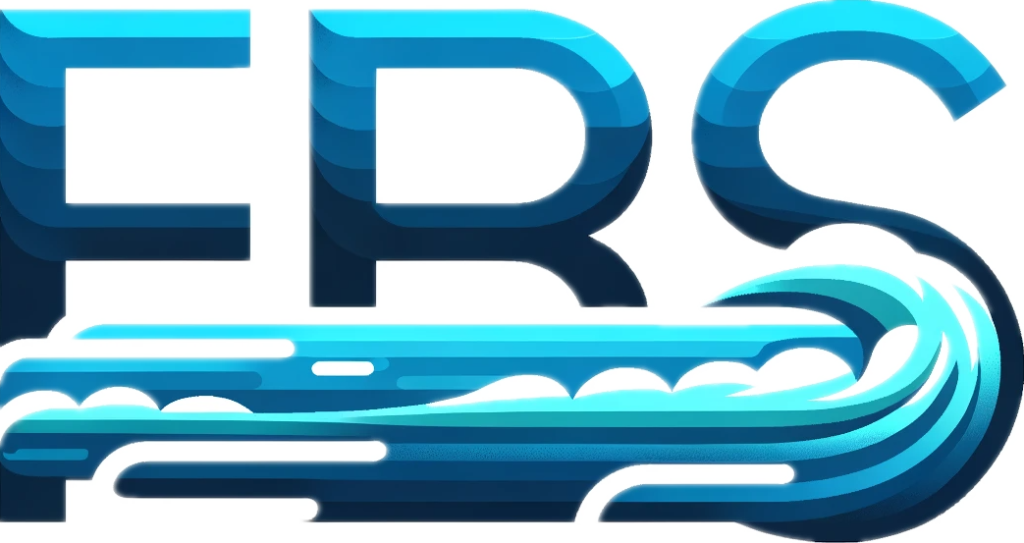The production process of pool filter balls may vary depending on the manufacturer and product model. Key to the manufacturing process is ensuring the quality of raw materials, accuracy and maintenance of production equipment, and strict quality control to ensure the performance and quality of the final product meet customer requirements. The production process of pool filter balls can be divided into the following steps:
Step 1: Preparation of Raw Materials
The first step in producing pool filter balls is preparing the raw materials. Typically, pool filter balls are made from plastics such as polyethylene (PE) or polypropylene (PP). The raw material particles need to be screened to remove any substandard or impurity particles. This can be achieved through mechanical screening or filtration. Pre-determined particle mix ratios will be used to prepare the pool filter balls. This ratio is usually carefully calculated and tested to ensure the performance and quality of the final product. These materials need to undergo steps such as raw material selection, screening, and proportioning to ensure their quality and performance meet requirements.
Step 2: Melting and Molding
Pre-processing steps may include heating the particles to a certain temperature to make them soft and malleable. This helps the particles to be processed more easily in subsequent production steps. Pre-processed particles will be mixed together to obtain the desired color and performance. If dye or other additives are needed, these steps will also be performed at this time. The mixed particles will be fed into extruders or injection molding machines, which heat the materials and inject them into molds to form the shape of the pool filter balls. At this step, the prepared plastic particles are heated to a molten state by the melting machine. Once the material reaches a sufficient temperature and fluidity, it will be injected into the mold to form the desired shape and size of the pool filter balls. The molds are typically spherical or spherical-like and can be adjusted according to the design.
Step 3: Cooling and Solidification
After injecting the molten plastic into the mold, it needs to be rapidly cooled and solidified to ensure the stability and structural integrity of the pool filter balls. This typically involves placing the molds in a cooling chamber or cooling them with cooling water.
Step 4: Cutting and Trimming
Once the pool filter balls have cooled and solidified, they need to be cut and trimmed to remove any excess material or burrs and ensure the appearance and quality of the filter balls.

Step 5: Inspection and Quality Control
Visual Inspection: Firstly, the pool filter balls produced during the production process will undergo visual inspection. Inspections are conducted for any obvious defects, imperfections, color inconsistencies, or surface irregularities.
Dimension Measurement: The dimensions of the pool filter balls are crucial, so precise dimensional measurements are taken to ensure that each filter ball meets specified size requirements.
Material Quality Inspection: Inspection of the quality and performance of raw materials to ensure they meet relevant standards and specifications. This may include tests on material strength, abrasion resistance, chemical resistance, etc.
Strength Testing: Pool filter balls need to have sufficient strength to withstand water pressure and stresses during use. Strength testing can evaluate the endurance and compressive performance of filter balls by applying pressure or force.
Chemical Performance Testing: If pool filter balls are designed to handle specific types of water or chemical environments, chemical performance testing is needed to ensure the stability of materials under these conditions.
Durability Testing: Conduct durability testing to simulate performance under long-term use conditions. This may include repeated water pressure tests, chemical exposure tests, etc.
Filtration Efficiency Testing: Test the filtration efficiency of pool filter balls to ensure they can effectively remove impurities and particles from pool water.
Quality Records and Tracking: Record quality data for each production batch to track and manage the quality control process of products.
Packaging Inspection: Finally, inspect the packaging to ensure it is intact and that products are not damaged during transportation and storage.
Step 6: Packaging and Storage
Pool filter balls that have passed quality inspection will be packaged into appropriate packaging units, usually in bags or boxes, for transportation and sale. After packaging, they can be stored in appropriate warehouses awaiting shipment.

